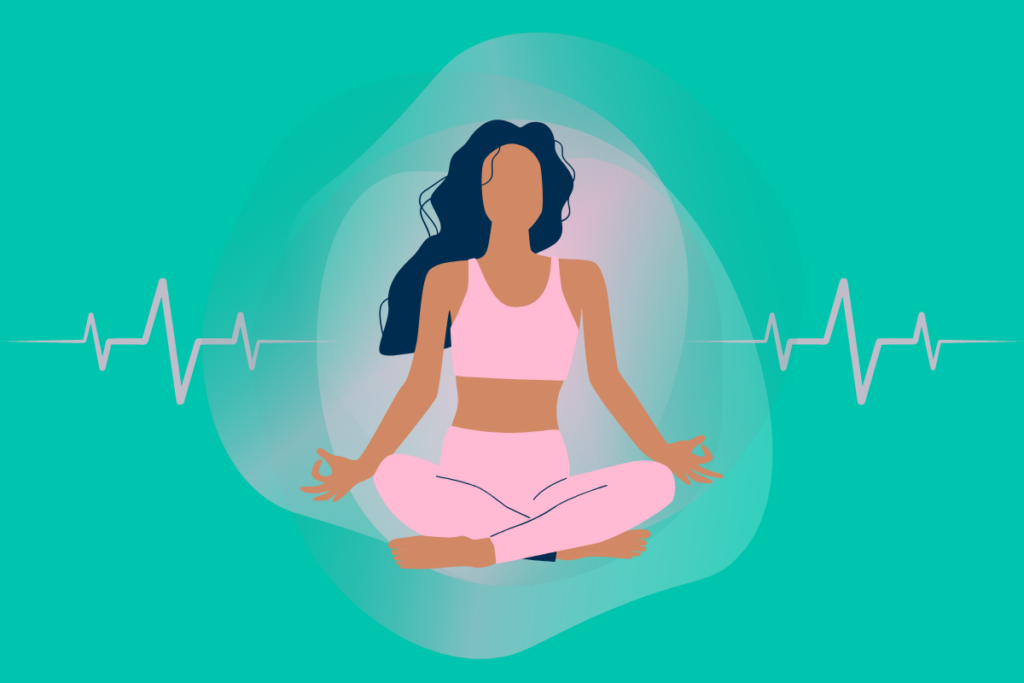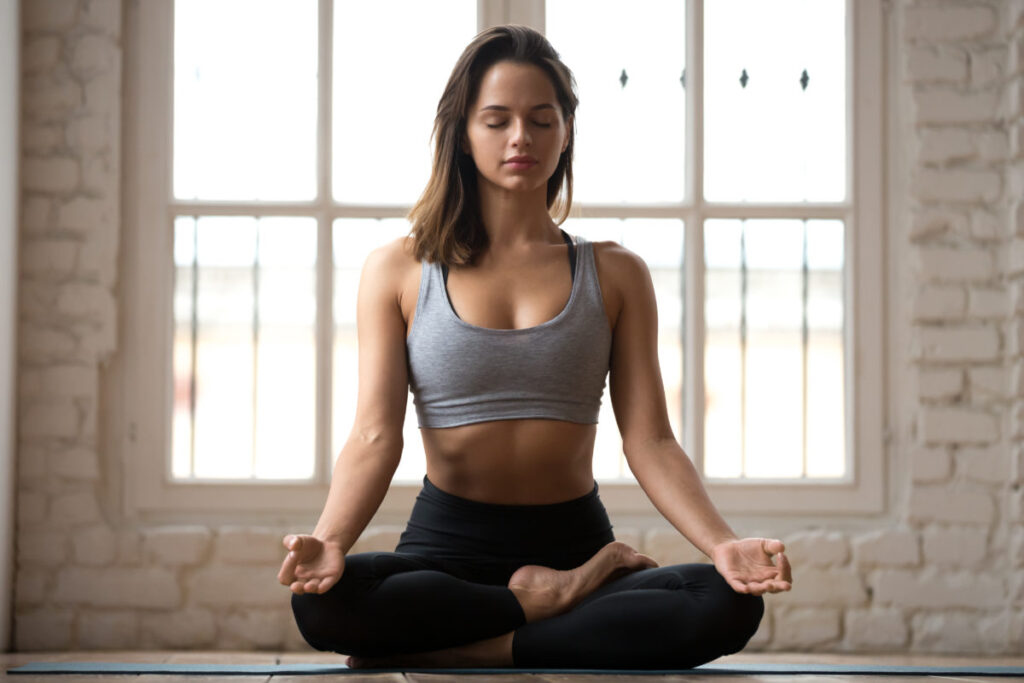
Breathing is an essential and natural process that keeps us alive, yet we often overlook its deeper potential. In yoga, however, the breath is revered as a powerful tool for connecting the body, mind, and spirit. The practice of controlling and harnessing the breath is known as Pranayama, which translates from Sanskrit as “prana” (life force or vital energy) and “ayama” (control or extension). Through conscious breathing, yoga practitioners can increase their vitality, improve physical performance, and foster mental clarity. In this article, we will explore the importance of breathing in yoga, how it enhances your practice, and introduce a few basic breathing techniques to incorporate into your sessions.
Why Is Breathing So Important in Yoga?
Breathing is more than just a physical process—it’s a tool that can influence our mental and emotional states. In yoga, the breath is used to guide movement, increase awareness, and cultivate mindfulness. Here’s why proper breathing is crucial in yoga:
- Regulates Energy Flow (Prana)
Breath is considered the vehicle for prana, or vital life force, in yoga. By consciously directing the breath through various practices, you can influence the flow of energy throughout your body. Controlled breathing helps to activate the energy centers (chakras), leading to greater balance and vitality. - Promotes Mind-Body Connection
In yoga, one of the core aims is to unite the mind and body. By focusing on the breath, you become more attuned to your body’s movements, sensations, and rhythms. This heightened awareness helps you connect with the present moment, improving focus and reducing distractions. - Calms the Nervous System
Conscious breathing activates the parasympathetic nervous system, which helps to reduce stress and promote relaxation. Deep, slow breaths can counteract the body’s natural “fight or flight” response, lowering heart rate, blood pressure, and muscle tension. This makes breathing a powerful tool for relaxation both on and off the mat. - Enhances Physical Performance
Proper breathing increases the flow of oxygen to the muscles, improving endurance and stamina. It can also help reduce feelings of fatigue and dizziness during challenging poses, making it easier to hold postures for longer periods. Breath control during movement helps you move more efficiently, increasing strength and flexibility. - Facilitates Emotional Balance
Breathing deeply and mindfully can help process emotions and bring emotional balance. When we’re stressed or anxious, our breath becomes shallow and rapid. By consciously slowing down and deepening the breath, we can shift our emotional state toward calmness and clarity.
The Role of Breath in Yoga Poses (Asanas)
In traditional yoga, breath is synchronized with movement to create a flowing, meditative experience. For each asana (pose), there is a specific breathing pattern designed to enhance the physical and energetic effects of the posture. Here’s how breath supports different phases of asana practice:
- Inhalation: Often used to lengthen, expand, or lift the body. For example, in poses like Upward-Facing Dog or Mountain Pose, the inhalation expands the chest, fills the lungs, and encourages lengthening of the spine.
- Exhalation: Used to deepen stretches, relax the body, and release tension. In poses like Forward Fold or Child’s Pose, exhalation helps release tightness, allowing for a deeper stretch.
- Breathing Through Transitions: The breath also guides you through transitions between poses. Using the breath to move mindfully between postures helps maintain fluidity, preventing jerky or abrupt movements.
Pranayama: The Art of Conscious Breathing
Pranayama, or breath control, is a practice that goes beyond the basic inhales and exhales of asanas. It involves specific breathing techniques designed to regulate the flow of energy and bring the mind into a state of focus and clarity. Here are a few common pranayama techniques practiced in yoga:
- Ujjayi Breath (Victorious Breath)
Ujjayi breath is one of the most common pranayama techniques used in yoga. It involves breathing in and out through the nose while gently constricting the back of the throat, creating a soft, audible sound, often described as “oceanic.” This technique helps regulate the breath, increase focus, and maintain a steady rhythm throughout your practice.- How to Practice Ujjayi: Inhale deeply through your nose, creating a slight constriction in the back of the throat. Exhale through your nose, maintaining the same constriction. Aim for a smooth, continuous breath without forcing the air in or out.
- Nadi Shodhana (Alternate Nostril Breathing)
Nadi Shodhana is a balancing breath that clears the energy channels (nadis) and calms the mind. By alternating breathing through the left and right nostrils, it creates balance between the left and right hemispheres of the brain and helps reduce stress and anxiety.- How to Practice Nadi Shodhana: Sit comfortably with your spine straight. Using your right hand, close your right nostril with your thumb and inhale deeply through your left nostril. Close your left nostril with your ring finger, release your right nostril, and exhale slowly. Repeat, alternating nostrils with each breath cycle.
- Kapalbhati (Skull Shining Breath)
Kapalbhati is a cleansing breath technique that involves short, forceful exhales through the nose, followed by passive inhales. This technique energizes the body, clears the mind, and stimulates digestion. It is often practiced as a warm-up or a way to increase alertness.- How to Practice Kapalbhati: Sit in a comfortable position with a straight spine. Take a deep breath in, then exhale forcefully through the nose, engaging your abdominal muscles. Let the inhale happen naturally. Start with a few rounds and gradually increase as you become more comfortable with the technique.
- Bhramari (Bee Breath)
Bhramari is a calming breath that creates a humming sound, similar to a bee buzzing. This technique is particularly helpful for reducing stress and anxiety and is often used at the end of a practice to promote relaxation.- How to Practice Bhramari: Close your eyes and gently place your fingers on your ears, with your thumbs pressing lightly on the cartilage. Inhale deeply through your nose, then exhale slowly while making a humming sound like a bee. Focus on the vibration in your head and the calm that follows.
- Box Breathing (Sama Vritti)
Box breathing is a simple but effective pranayama technique that encourages deep concentration and relaxation. The breath is divided into equal counts for the inhale, hold, exhale, and hold at the end of the exhale.- How to Practice Box Breathing: Inhale for a count of four, hold the breath for a count of four, exhale for a count of four, and hold the breath at the end of the exhale for a count of four. Repeat for several cycles, focusing on the rhythm of your breath.
How to Integrate Breathing Into Your Yoga Practice
To get the most benefit from the breath in your yoga practice, try these tips:
- Begin with Awareness
Before you even begin your asanas, take a few moments to notice your natural breath. Is it shallow or deep? Is it smooth or uneven? Simply observe the quality of your breath without judgment. - Sync Breath with Movement
As you move through each pose, aim to synchronize your breath with your movements. For example, inhale as you reach your arms overhead in Mountain Pose and exhale as you fold forward into Forward Fold. This connection between breath and movement will help you stay grounded and present. - Focus on the Length of Your Breath
Try to make your breath slow, deep, and steady. The longer and slower your breath, the more effective it will be in calming your mind and energizing your body. - Use Breath for Transitions
Use the breath to transition smoothly between poses. Inhale as you prepare for the next movement, and exhale as you deepen into a pose or move to the next posture. - Practice Pranayama Regularly
If you’re new to pranayama, begin by incorporating a few minutes of conscious breathing into your daily routine. As you get more comfortable, you can explore different pranayama techniques to deepen your practice.
